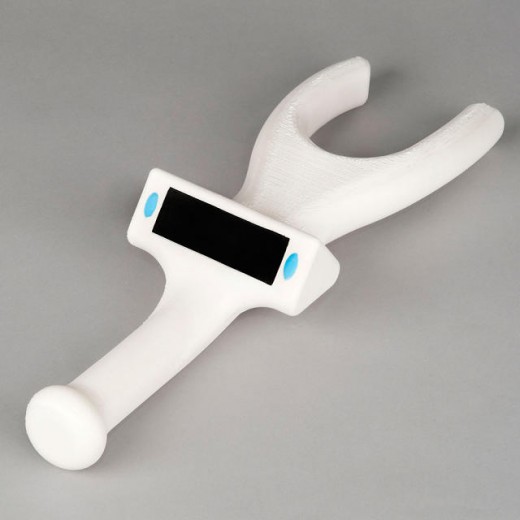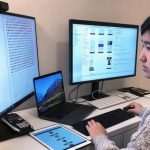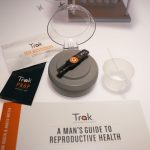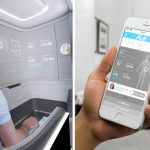6 ideas For preventing the rise Of Antibiotic Resistance
doctors need to stop overprescribing antibiotics, but to do this, they want better analysis tools. A $15 million prize will go to the most effective answer.
June eleven, 2015
things might get actually serious if we do not take care of the growing risk of antibiotic resistance. all over the world, thousands and thousands of people might die from simply treatable diseases. kid birth and routine operations might develop into more hazardous. well being care prices may upward push sharply as a result of infections become harder to treat. with out steps to defend antibiotic effectiveness, estimates level to $100 trillion in economic damages per 12 months through 2050, and most likely as many as 10 million further deaths.
The Longitude Prize is considering one space of doable solutions: checks “to indicate when antibiotics are wanted and, if they’re, which of them to make use of.” The $15 million British challenge is giving an incentive to universities, companies, and individuals to give you tools showing when a specific antibiotic is more likely to be effective in sufferers, or when different remedies might be higher.
Most of all, the tools have to diagnose resistance at point-of-care, when it could inform scientific determination-making. “traditionally, it’s important to take a swab from the threat after which grow the bugs up in the lab,” says Roger Highfield, a member of the prize committee, explaining the laborious course of. “when you are sitting in entrance of your physician with a truly uncooked throat, we haven’t received one thing that can give you an immediate answer there after which.”
The Longitude Prize will get its identify from a challenge called by way of the British executive in 1714 to solve the “longitude drawback.” at the time, Britain was once losing many ships at sea as a result of navigators could not plot the longitude thoroughly. The prize was intended to incentivize navigational innovation (which it did, although now not in particular successfully; the entire award was once never awarded).
300 years later, there is been a renaissance in public innovation contests, with multimillion challenges just like the X Prize. The Longitude Prize, geared up by using Nesta, a non-revenue innovation workforce, is about to run over 5 years, with prizes awarded every few months. Seventy-5 teams have come forward up to now. below are some tactics instructed through committee participants—”normal ideas for the sorts of things we’re on the lookout for,” as Highfield puts it.
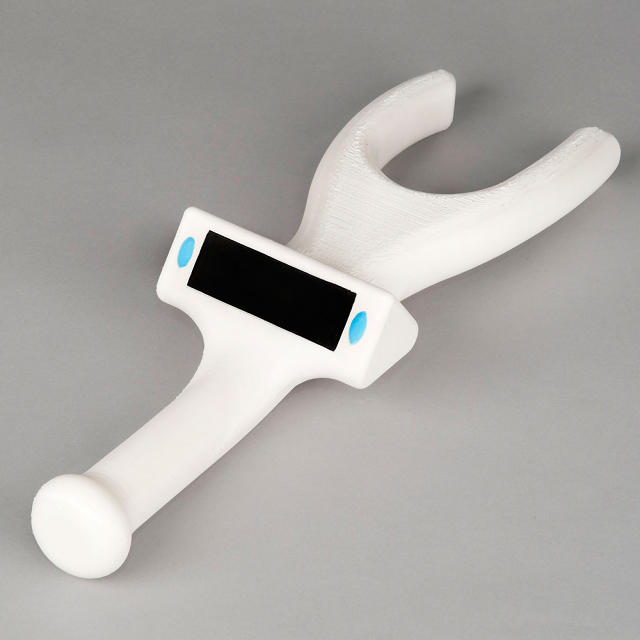
physique Scanner
inspired via the big name Trek tricorder, this tool would use infrared lasers to “interrogate blood chemistry” to reveal the “immune fingerprints of certain micro organism,” Highfield says. it could analyze our very important signs, requiring handiest that it contact a patient’s pores and skin, then send data again to a separate computer. There are already a number of tricorder-like gadgets available on the market or in development, together with this “noninvasive” glucose screen, though nothing for drug resistance.
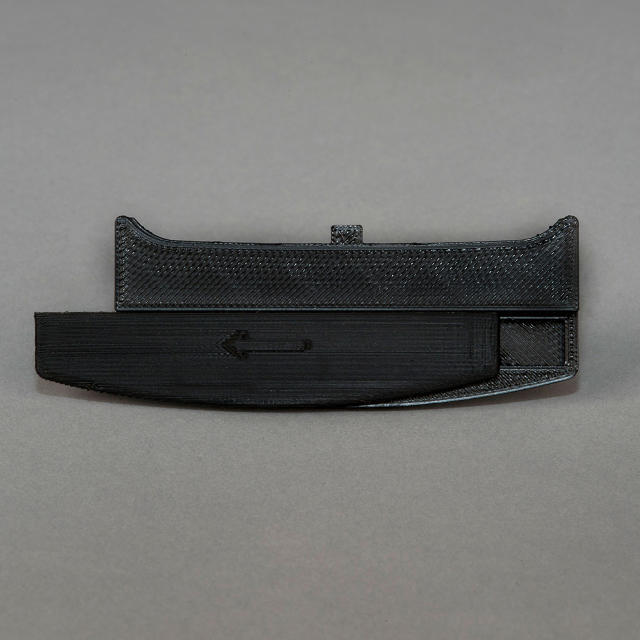
cell phone Attachment
in a similar way, you have to imagine a detection tool in the type of a smartphone attachment. The device itself could be low-powered with little onboard processing; the cellphone would do the essential diagnosis and knowledge storage. “there is real doable that a step forward in the container of cheap novel diagnostics might be facilitated throughout the adaptation of mobile units,” the committee says.
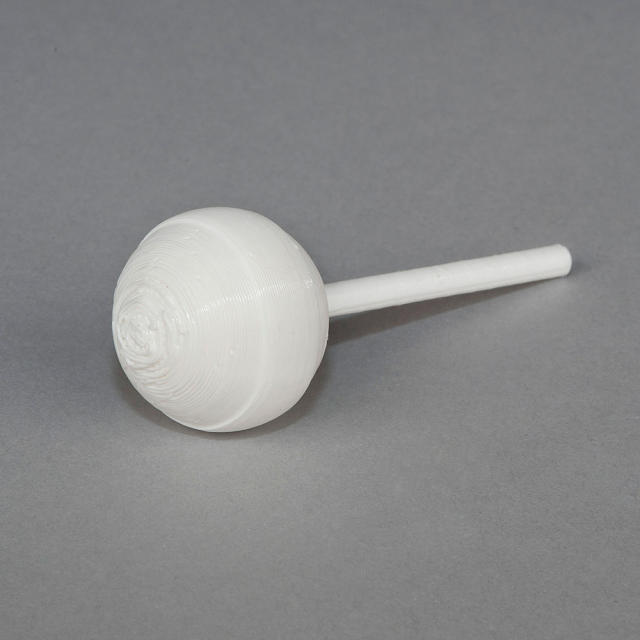
Lollipop Strep check
Highfield’s private favorite is so simple as it comes. it is a take a look at for strep throat in the type of a lollipop that modifications color in the presence of Streptococcus micro organism. Why? because thousands and thousands of individuals go to the doctor annually with sore throats, some of which are the results of bacteria and a few the results of different causes. with the ability to fast judge when actual strep bacteria is concerned would reduce the probabilities of medical doctors prescribing antibiotics for one thing they may be not efficient towards, like a deadly disease.
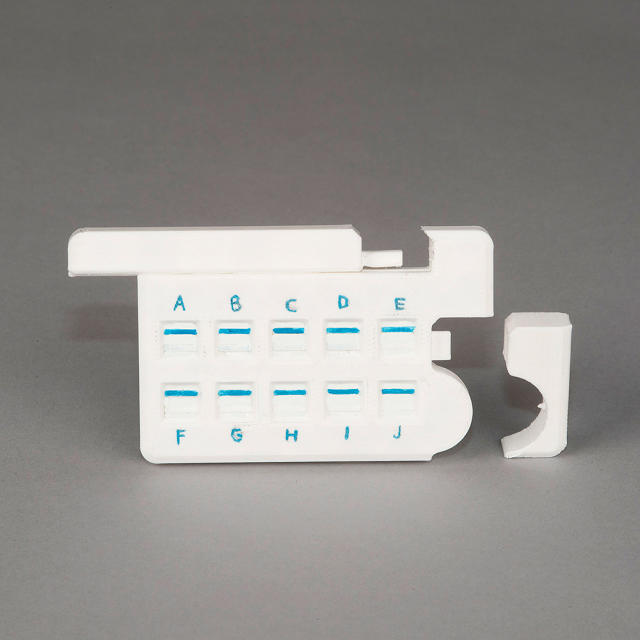
Lateral waft take a look at
Like a being pregnant test, this package would take a urine, blood, or saliva pattern and, thru capillary action, drag it right into a relevant chamber the place it could come in contact with a detection agent, like an antibody. If the goal molecule was once current, a line would appear, giving doctors a handy guide a rough experience of what an infection is present. “it will possibly look for specific genetic markers, such as these for antibiotic resistance,” Highfield says.
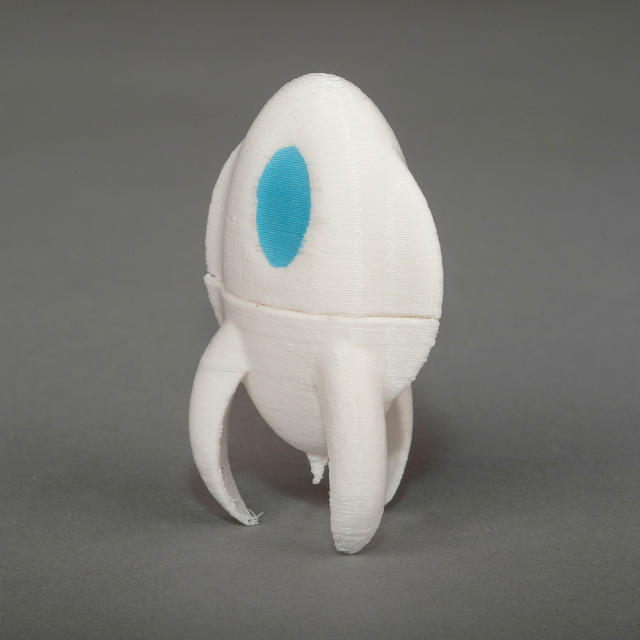
Nanobots
Most speculatively, nanobots—tiny swimming machines—could roam inside of our bodies, reporting back on the state of our bacteria. “Nanobots will have each common and advanced practical information and measurement apparatus to monitor the physique’s health. for example, they may check for signs of inflammation, which is a well-known indicator of infection,” the committee says. There are several bots in building, however, as yet, nothing ready for primetime.
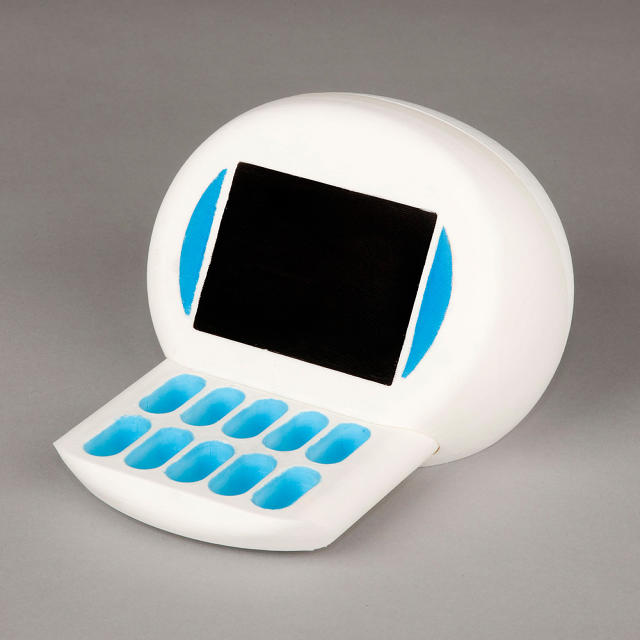
Mini Lab
eventually, a diagnostic software could come within the type of a “mini lab” that checks a couple of samples concurrently (or checks one pattern for many issues). “The device has the possible to check for ten several types of an infection and the corresponding that you can imagine resistances to the commonest antibiotics used to treat them,” the submission says. There are already USB stick-sized tests for on-the-spot gene sequencing, which will be used on this software.
of course, diagnosing resistance is only one way we are able to take care of the greater problem. we could additionally use less medicine, particularly in agriculture, find better tips on how to observe drug use, specifically in nations with lax controls, and create larger incentives for new drug construction. presently, say consultants, there is little encouraging big Pharma to get into antibiotics, regardless of all the worries about their over-use.
fast company , learn Full Story
(101)

